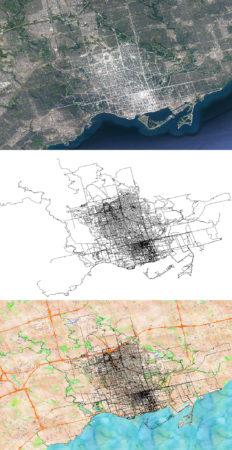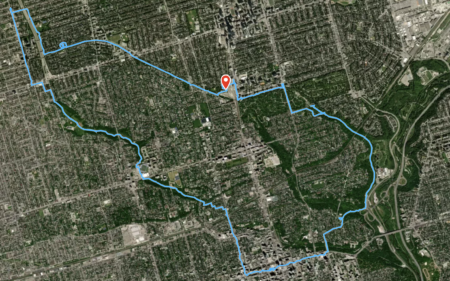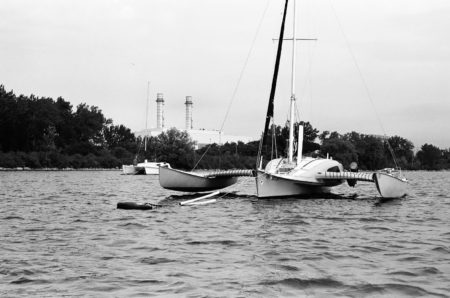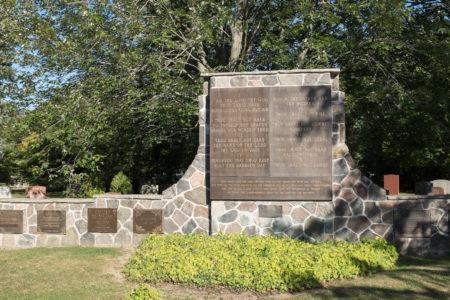Category: The outdoors
Hiking, camping, canoeing – if it’s an outdoor adventure, it should be under this heading
Bugs in GaiaGPS
They are too busy/understaffed to communicate with anyone or fix any bugs, but in case anyone at GaiaGPS ever has some free time, these are issues I have noticed.
Some may be on account of the large number of tracks which I have collected.
- On both my phone and computer, the map at gaiagps.com or on the app will not show all of my tracks when zoomed out. Far enough out (like looking at the whole city or a big part of it) they do not show at all, and then they pop into vision when I move in enough
- Track names often fail to sync from my iOS phone to the web/desktop app. They show up as generic track names and I need to figure out which is which and manually rename them
- Both the desktop and especially the iOS version insist on showing waypoints near tracks which are visible, even when the folder for those waypoints is explicitly set to not display
- When exporting a folder of tracks with waypoints near them, GaiaGPS includes some of the waypoints along with the tracks in the exported .GPX or .KML file
- Tracks and waypoints often fail to move into folders, on both desktop and iOS. I select a track or some waypoints and put it in a folder. It may disappear from where it was previously, but if I wait a minute it will often jump back to where it was before.
None of these break the functionality of the app, which is remarkably capable for a free version. Still, it would be nice to see a good product improved by sorting them out.
Mapping and cartography
When the University of Toronto gyms closed for the pandemic, I realized and decided that I would be getting most of my exercise through walking.
All through writing up my dissertation, I broke down my life into 20 minute chunks of either thesis work, sleeping, exercising (walking), or doing anything else.
I am now up to well over 7,000 km of walking since August 2020. This had begun to produce spin-off projects: the Toronto Urban Hike Collection to identify nice nature trails, maps made in QGIS and posted to Flickr, and animation and wall-sized map projects that I am still developing.
Expanding the walking network
Yesterday, three members of Tristan’s Walking Club explored km of the western branch of the upper Humber river, as well as the Claireville Conservation area.
This was our 19th group foray since Halloween 2021.
Don Valley bonfire
My friend Tristan arranged a group bonfire at a scenic spot in the Don Valley. We did a little light painting.







